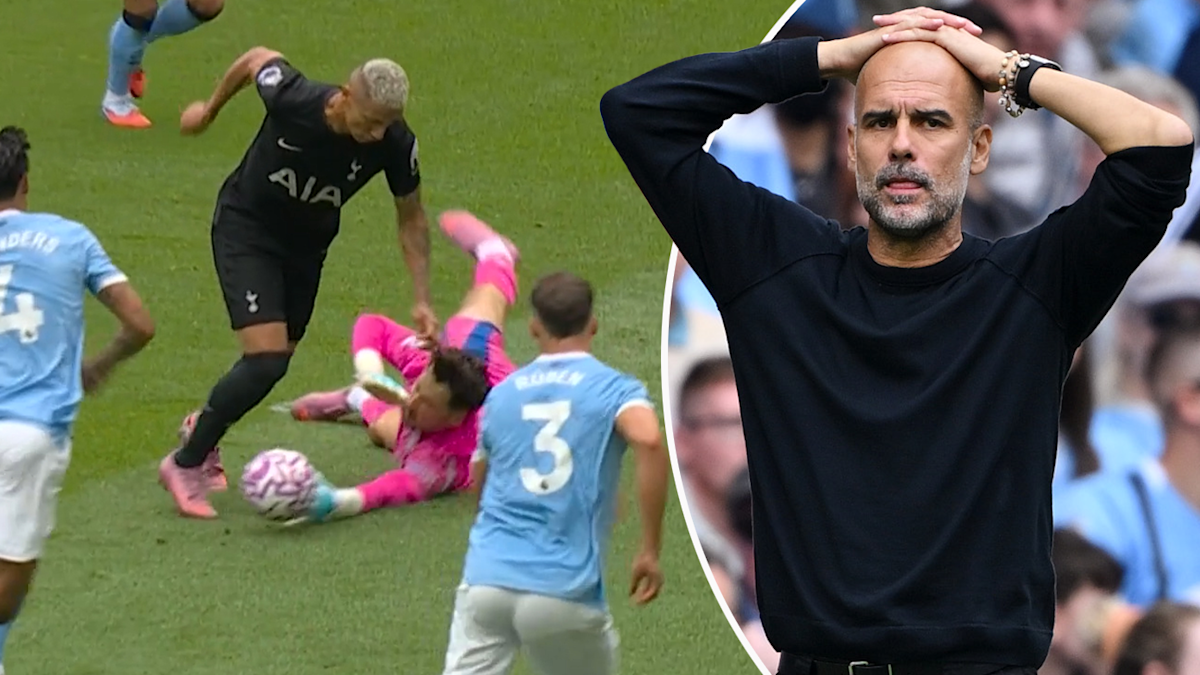World Cup provides launchpad as women’s rugby prepares for liftoff

Back in the day there was a low-profile sport called women’s rugby union. Few people went to watch, the media seldom took an interest and the world’s top players were enthusiastic amateurs. Anyone predicting Twickenham would one day be packed to the rafters for a standalone women’s fixture would have been dismissed as crazy. And now? There is a different sport in town. It is simply known as rugby and now more than ever it belongs to both sexes.Next month’s World Cup final, accordingly, has attracted a full house in excess of 80,000, and a huge global television audience is guaranteed. If all goes to plan the Lionesses will not be the only female sporting queens adorning teenage bedroom walls in England. The Red Roses may or may not be crowned world champions at the end of September but public interest in them is about to soar. The organisers report that 375,000 tickets have been bought before the tournament has even kicked off.Given the entire 2017 competition in Belfast attracted 45,412 people at an average of 1,514 spectators per game, the step change has been remarkable. Little wonder World Rugby’s leading officials cannot wait for the 2025 edition to commence. “It’s going to be an amazing tournament,” says Alan Gilpin, the governing body’s chief executive. “We knew when we took the decision to take the 2025 Rugby World Cup to England that it was going to be the right market at the right time. The Lionesses have given us a little reminder of what that means. The movement behind women’s sport, particularly in England and across the UK is significant. People are really excited about it.”Because, as Gilpin notes, the next few weeks have the potential to refresh rugby in all its guises. At men’s internationals there is usually a more traditional, crustier demographic. Starting with England’s opening game against the United States in Sunderland, this tournament is going to hit differently. “Younger audiences, younger ticket purchasers, a younger TV audience … I think it’s going to show a different face of rugby to the UK audience,” says Gilpin.View image in fullscreen New Zealand have won six of the last seven World Cups. Photograph: Sanka Vidanagama/NurPhoto/ShutterstockAs those of us lucky enough to be present in New Zealand in 2022 can testify, there is also another important ingredient. The number of truly competitive female teams may still be fewer than on the men’s side but the style of play is arguably even more marketable. Less meat-head physicality and mindless kicking, more high-class skills, more space in which to run … for novices and connoisseurs alike the games can be hugely watchable.For a prime example have a look back at the breathless finale between England and New Zealand in Auckland three years ago. It may be that England would have won had Lydia Thompson not been sent off in the first half for a high tackle. But what no one could possibly dispute was the quality of the Black Ferns’ counterattacking game, their pace, their ability to exploit space and their willingness to take a calculated risk or two.Helped in no small part by the enlightened coaching of the great Wayne Smith and the vastly experienced Sir Graham Henry, New Zealand confounded expectations to win 34-31. Even more important, perhaps, was the feelgood atmosphere at Eden Park on that clear, dry November day. Happy families, compelling new role models, spectacular sport … it was a tantalising vision of just how inclusive the traditionally staid world of rugby could be.And therein lies the real opportunity of the next five weeks. Kate Zackary, the captain of England’s first-up opponents, the USA, has already underlined precisely what is at stake. “This Rugby World Cup isn’t just about us,” the back-rower said as the squad began preparations for England 2025. “We want kids across the US to see this team and think: ‘That could be me.’ Rugby in America is growing, and we’re here to kick that door wide open.” On and off the field there is a brighter future to be grasped, both by the sport more widely and the hosts in particular. “Where sisterhood meets rivalry” is the tournament’s slogan and the tag-line neatly reflects the friendly yet competitive vibe.View image in fullscreen Desiree Miller and Australia face a battle to reach the quarter-finals. Photograph: Darren England/AAPNot that defeating the short-odds favourites will be remotely easy. New Zealand, France and Canada – probably in that order – loom as the major threats but the Red Roses’ biggest enemy potentially lurks closer to home. By the knockout stage the pressure will be mounting and nagging doubts will be multiplying. It is necessary only to rewind to the men’s World Cup in 2015 to be reminded that inflated expectations generated by home advantage can weigh heavily.So, yes, the Red Roses have greater depth than anyone else. Yes, the Rugby Football Union has spent millions of pounds on the squad’s preparation while Canada, for example, have been resorting to crowdfunding. But what if jangling nerves ultimately undermine all that? What if they were to ambushed by, say, France in a tense Bristol semi-final? Let’s just say a France v Canada final is not what the RFU ideally has in mind.skip past newsletter promotion Sign up to The Breakdown Free weekly newsletter The latest rugby union news and analysis, plus all the week's action reviewed Enter your email address Sign up Privacy Notice: Newsletters may contain info about charities, online ads, and content funded by outside parties. For more information see our Newsletters may contain info about charities, online ads, and content funded by outside parties. For more information see our Privacy Policy . We use Google reCaptcha to protect our website and the Google Privacy Policy and Terms of Service apply. after newsletter promotionEven World Rugby freely acknowledges that England are destined to be the tournament’s pivotal figures. “That’s not to say the Red Roses have to win for it to be successful because that’s not true at all but we obviously expect them to be highly competitive,” says Gilpin. At stake if they lose, however, will be the tournament’s carnival feel and, conceivably, the future funding structures of the entire women’s game. What if England’s long wait to replicate their triumph of 2014 – they have only ever conquered the world twice – is once more extended? It might even prompt all concerned – the RFU included – to wonder if committing millions to building fully professional programmes is absolutely necessary.Then again, let’s be honest. England winning every game by 30 points or more may cause some to lose interest, too. For all the thrilling running of Abby Dow and Ellie Kildunne, the midfield craft of Megan Jones, the relentless work-rate of Zoe Aldcroft and the all-round quality of their prop forwards Sarah Bern and Maud Muir, the Red Roses need to be pushed all the way. France only lost 43-42 on their last visit to Twickenham in April, while the Black Ferns are experts at peaking when it matters. Or could the combative Canadians emerge as the tournament’s dark mooses?View image in fullscreen Scotland and Wales were involved in a tight tussle during this year’s Six Nations and their meeting in Pool B will be crucial. Photograph: Steve Welsh/PAMeanwhile, at the other end of the scale, it is similarly vital that teams further down the pecking order enjoy the experience. If Japan v Spain in York or Italy v Brazil in Northampton can attract decent attendances, the organisers will also be thrilled. Nor is an excessive number of one-sided blow-outs in anybody’s interests. Gilpin acknowledges that “the challenge for us all is how we drive investment in the women’s game … we want the tournament to be even bigger and better in Australia in 2029” and that in this year’s edition “there will be some matches that are less competitive because, in some cases, there is obviously a disparity in experience, professionalism and investment.”In that regard the opening game between John Mitchell’s England and the United States will be instructive given New Zealand put 79 points on the women’s Eagles in May. The first night crowd at the Stadium of Light will be hoping for a closer contest, not to mention a glimpse of the American social media favourite Ilona Maher. But if the stars align for the hosts even the Lionesses may be temporarily outshone.









